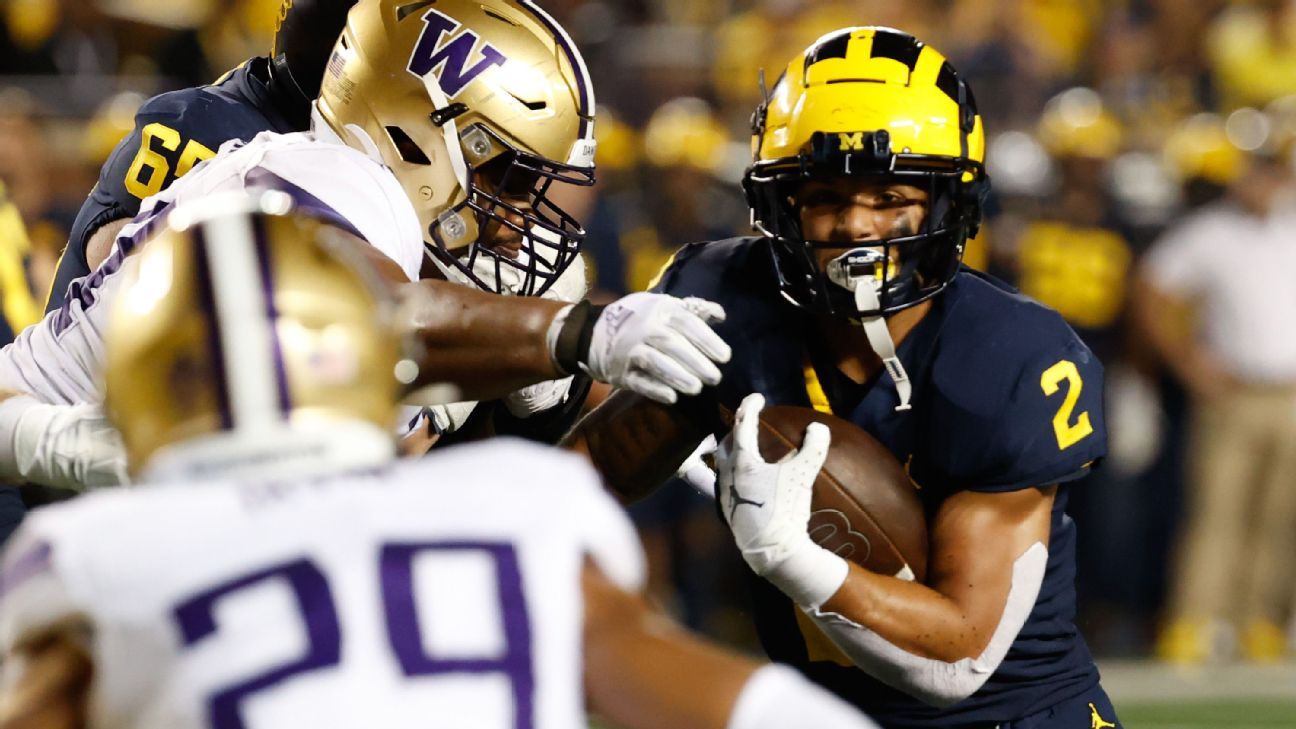Connelly on realignment: Remembering the Pac-12, analyzing the moves and college football’s future


Bill Connelly, ESPN Staff WriterAug 6, 2023, 08:00 AM ET
It was always a marriage of geographic convenience out West.
In the late 1950s, the Pacific Coast Conference disbanded because of a number of feuds and scandals among its members. Five of them (Cal, Stanford, UCLA, USC and Washington) decided for a bit they’d rather form a new conference with schools from the other side of the country — Army, Navy, Notre Dame, Penn State, Syracuse — than with Idaho, Oregon, Oregon State and Washington State.
But it turned out the world wasn’t yet ready for what was being called the Airplane Conference. The five members joined back up with three of the other four major Western schools (sorry, Idaho) and soldiered on in what would eventually become the Pac-8, Pac-10 (with Arizona and Arizona State) and Pac-12 (with Utah and Colorado).
Apparently, the world is ready for a couple of Airplane Conferences now. It had better be, anyway. In 2022, the Big Ten broke geography by announcing it was adding USC and UCLA to its otherwise mostly Midwestern ranks. And Friday, the most momentous (and, to some, devastating) day of this entire conference realignment era, something once unthinkable unfolded. The Big Ten also decided to add Oregon and Washington, while the Big 12, having already re-added Colorado a week earlier, accepted applications from Arizona, Arizona State and Utah.
The Pac-12 is now a Pac-4, with only Cal, Oregon State, Stanford and Washington State remaining. And for really only the second time in the history of college football, we have witnessed the downfall of a power conference. As with the SWC in the mid-1990s, some soon-to-be former Pac-12 schools face a lucrative future with some exciting (and some less exciting) new conference rivalries on the horizon. Others, meanwhile, have been left behind to face a murky future.